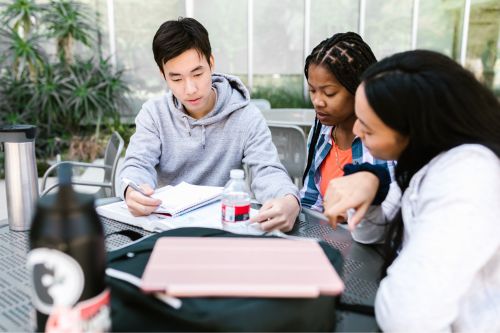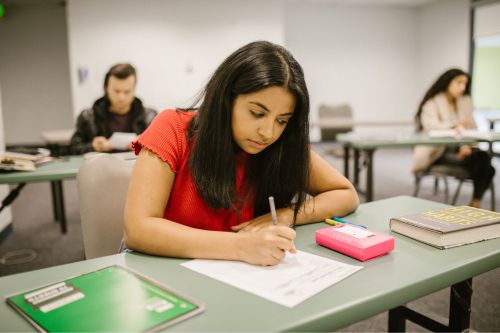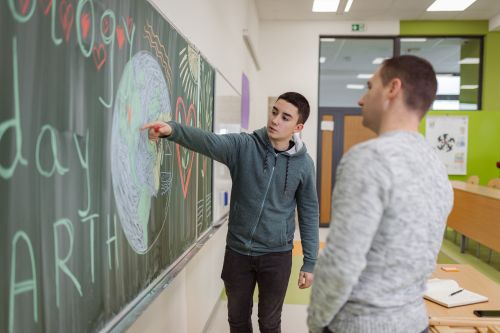
Year 3

Year 4(11+/Grammar)

Year 5 (11+/Grammar)

Year 6

Maths

Vocab+ Spelling Builder

English

Grammar, 11+ Info
Our Teaching Methodology for 11 plus
The sole mission of Stats4Success (S4S) is to assist students in mastering the fundamentals of Maths and English, ensuring a smooth and enjoyable journey towards the 11 plus exams.
‘We all have magic inside us it’s just needed to be discovered’, with this core believe our team works with a student and help him find his own way by provoking his thought process.
How we create a Bespoke Learning
The teachers had the crucial responsibility of understanding how each student learns and comprehends information. This allowed the guru to create a tailored learning plan that suits the individual student’s needs. To achieve this, the teacher must invest ample time with each student, stimulating their thinking process and guiding them to explore and discover answers on their own.

Path to Success

Psychometric Assessment
Evaluating individual strengths & weaknesses using an IQ test to tailor a unique learning path for each student.

Gurukul Guidance
Teacher know more about a student so that he can customise his learning.

Scientific Learning Integration
Lorem ipsum dolor sit amet, consectetur adipiscing elit. Aenean diam dolor, accumsan sed rutrum vel, dapibus et leo.

Bespoke Learning Path
Lorem ipsum dolor sit amet, consectetur adipiscing elit. Aenean diam dolor, accumsan sed rutrum vel, dapibus et leo.

Progress and Achievement
Lorem ipsum dolor sit amet, consectetur adipiscing elit. Aenean diam dolor, accumsan sed rutrum vel, dapibus et leo.
Tenet of Gurukul System
Guru-Shishya(teacher-student) Relationship
The teachers had the crucial responsibility of building a relationship with each student to gain respect and trust. The teacher must invest ample time with each student to understand how each student learns and comprehends information. The teacher must evaluate a student to know his strengths and weaknesses so that he can guide them better.
The Science Behind Learning

Dual Coding Theory
Dual coding theory suggests that combining verbal information with visual or non-verbal representations can enhance learning. Presenting information in both visual and verbal formats help create multiple pathways for encoding and retrieval, improving understanding and retention.

Retrieval Practice
Retrieval practice involves actively recalling information from memory, which has been shown to enhance long-term retention. Regularly engaging in retrieval practice, such as self-quizzing or spaced repetition, helps reinforce learning and promote long-term memory storage.

Metacognition
Metacognition refers to the awareness and understanding of one’s own thought processes. Developing metacognitive skills involves being able to monitor, regulate, and reflect on one’s learning. Metacognitive strategies like setting goals, self-assessment, and self-reflection can enhance learning outcomes.

Chunking and Schemas
Chunking refers to grouping related information into meaningful chunks, which helps increase the capacity of working memory and aids in comprehension. Schemas are mental frameworks or structures that organize knowledge and facilitate understanding and retrieval of information.

Feedback & Correction
Timely and constructive feedback is crucial for learning. It helps learners identify errors, correct misconceptions, and reinforce correct understanding. Effective feedback focuses on specific information, provides explanations, and encourages learners to reflect and apply feedback to future learning.

Motivation and Engagement
Motivation plays a significant role in learning. Intrinsic motivation, driven by personal interest and enjoyment, tends to lead to better learning outcomes. Engagement strategies, such as creating meaningful and relevant learning experiences, promoting autonomy, and providing a supportive learning environment, can enhance motivation and learning.
Path To Success-Explanation
Psychometric Assessment
The scene begins with the teacher and student sitting in a comfortable and inviting environment. The teacher holds a psychometric assessment tool, engaging the student in a conversation about their strengths, weaknesses, interests, and learning preferences. This step highlights the importance of understanding the student’s individual characteristics to tailor the learning process.
Gurukul Guidance
Transitioning to the next phase, the teacher is shown drawing inspiration from the ancient Gurukul Education System. They are seen engaging the student in discussions, posing thought-provoking questions, and encouraging critical thinking. This stage emphasizes the mentor-student relationship and the exchange of knowledge in a holistic manner.
Scientific Learning Integration
As the journey continues, the scene shifts to a more modern setting where the teacher incorporates insights from the science of learning. The teacher uses educational technology tools and interactive resources to present complex concepts in an engaging and comprehensible way. The student is shown actively participating, using digital devices, and experimenting with hands-on learning activities.
Bespoke Learning Path
In this stage, the focus is on personalization. The teacher is shown using data and analytics to create a tailored learning path for the student. This involves identifying areas that need improvement and capitalizing on the student’s strengths. Visual elements could represent data points, learning trajectories, and personalized milestones.
Progress and Achievement
The final part of the image showcases the student’s growth and accomplishments. The teacher and student stand together, reviewing progress reports and celebrating achievements. This scene encapsulates the sense of accomplishment and pride that comes from a well-guided and individualized learning journey.